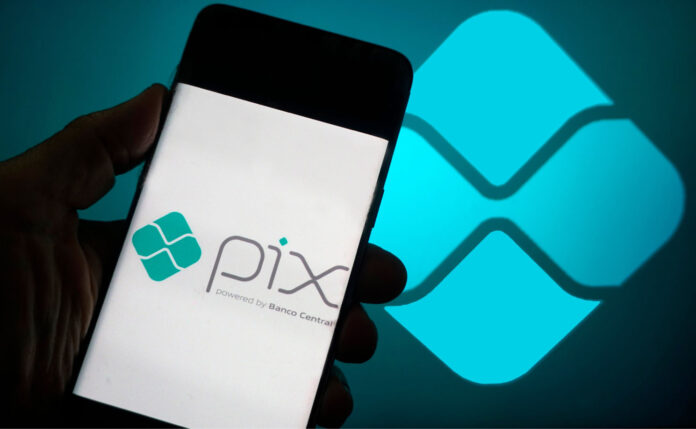Pix, the instant payment system, has not only revolutionized the way Brazilians conduct financial transactions but also continues to expand rapidly. After reaching the impressive milestone of 227 million transactions in a single day in September 2024, according to Central Bank data, the system has since advanced with new features set to directly impact retail, credit, and access to digital services.
This year, two new features began rollout: Automatic Pix, ideal for recurring payments such as subscriptions and monthly fees; and Proximity Pix, which eliminates the need to open a banking app to make payments. Starting in September, Installment Pix will begin implementation, followed by Secured Pix, scheduled for 2026/2027.
The new era of recurring payments
The Automatic Pix function promises to be a practical and inclusive alternative, especially for consumers who do not have a credit card. With it, users will be able to schedule monthly payments for services such as gym memberships, cable TV, streaming platforms, schools, and insurance plans, with direct automatic debit from their account.
For merchants, this feature is expected not only to broaden the customer base but also to reduce delinquency rates, as payments will be debited directly from the customer’s account automatically and on a scheduled basis.
Installments without a card
Installment Pix, one of the most anticipated features, will allow consumers to make purchases on credit even without a credit card. The transaction will be based on a pre-approved limit set by the bank, with the full amount transferred immediately to the merchant and the payment divided into interest-bearing installments. In practice, it functions as an alternative to traditional installment plans, with the advantage of occurring directly within the banking environment. For this feature to be available, merchants must be integrated with an enabled payment platform, such as SaqPay, a digital payment solutions provider.
Pix in credit and digital inclusion
Fintechs and digital banks are likely to quickly adopt these solutions, boosting retail sales and offering more accessible alternatives to consumers. Although credit cards still dominate, Pix is expected to gain traction due to lower costs for merchants and greater convenience for users. The main challenge will be technological integration, but the industry is already prepared for this new phase of Pix consolidation within the financial ecosystem.
Challenges for internationalization
The expansion of Pix for international transactions still faces regulatory and technical hurdles. The first challenge is that each country must evaluate its payment policies to allow local financial institutions to adopt new technologies like Pix. Only after this step can foreign banks access the APIs provided by the Central Bank of Brazil. Additionally, currency conversion issues must be resolved, as it has not yet been determined whether transactions will be processed in Brazilian reals with subsequent conversion or directly in the local currency. Currency standardization and system interoperability will be key to enabling international Pix.
A new consumer behavior
With the introduction of features such as recurring, installment, and proximity Pix, experts point to a significant shift in consumer behavior. Brazilians are quick to adopt practical solutions. With these updates, Pix strengthens its position as a comprehensive system that goes beyond transfers and solidifies its role as a leader in the country’s financial ecosystem.


